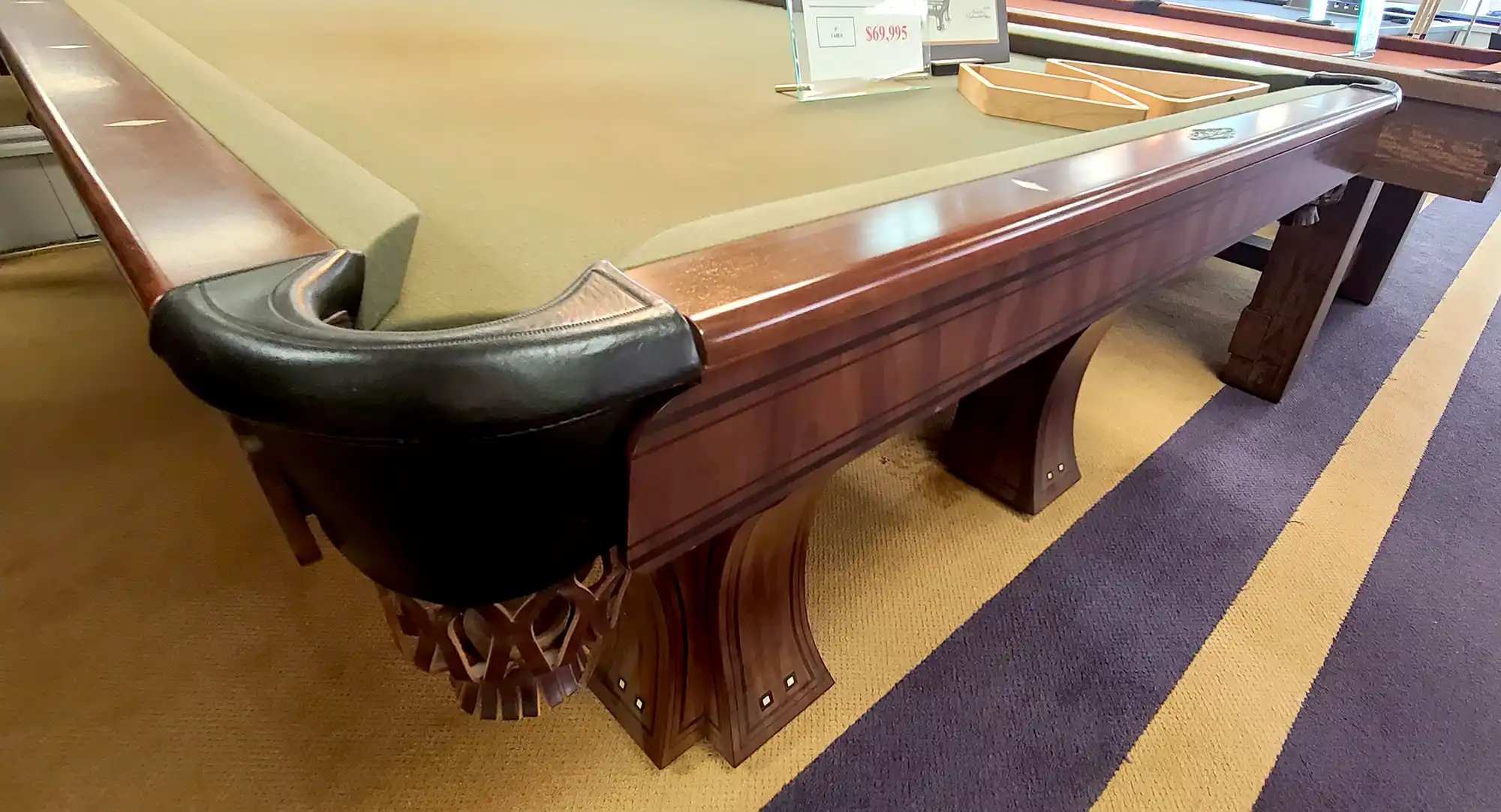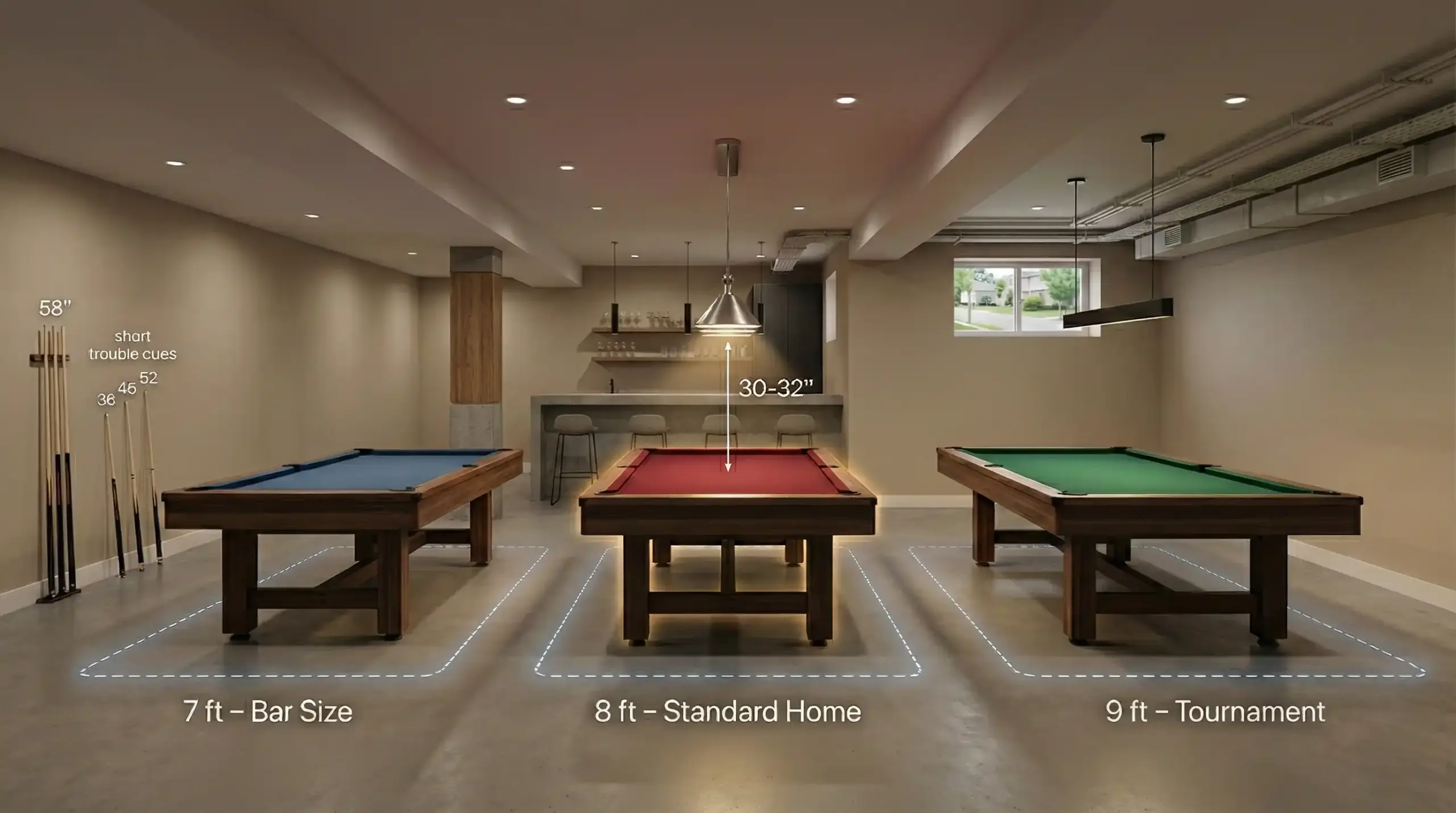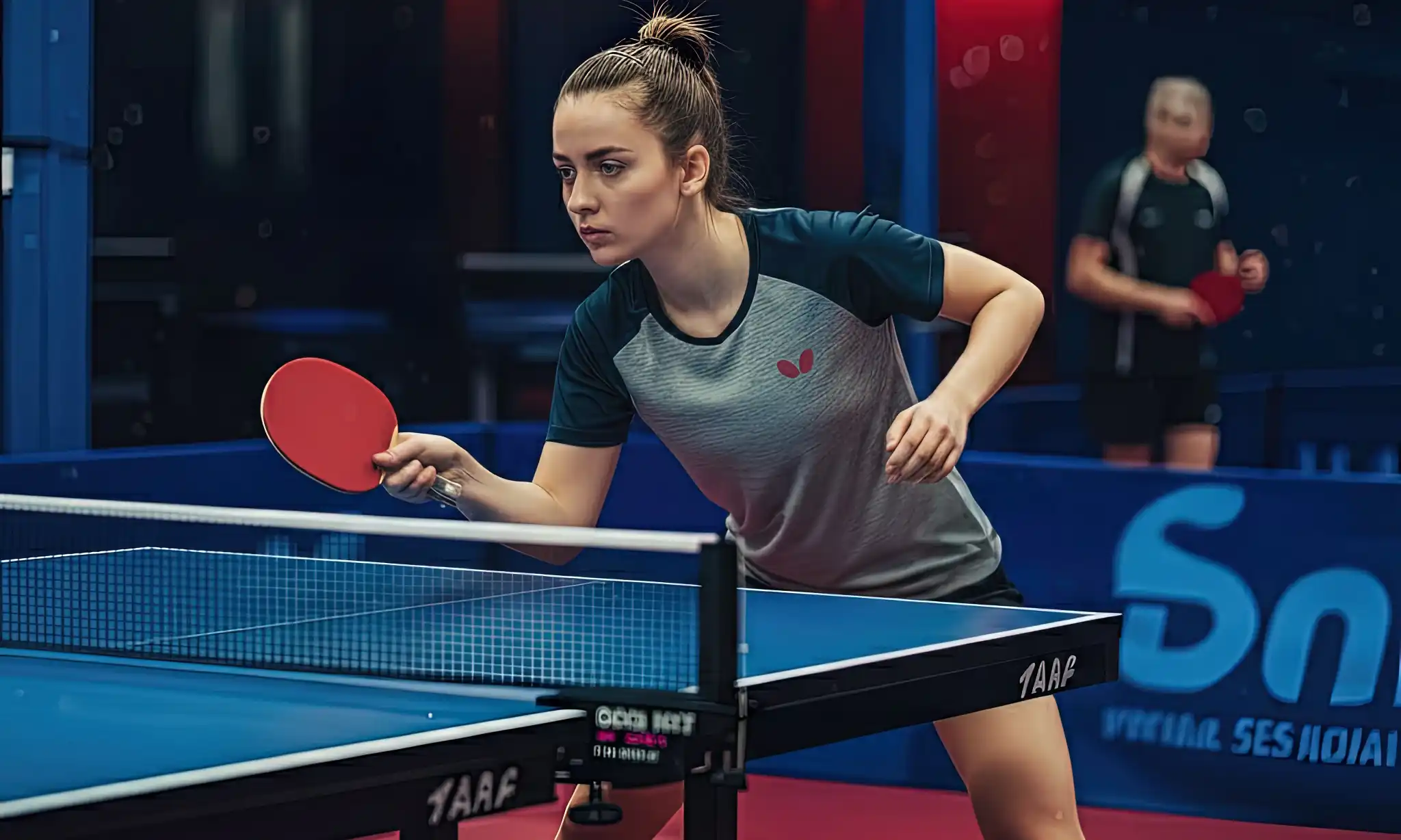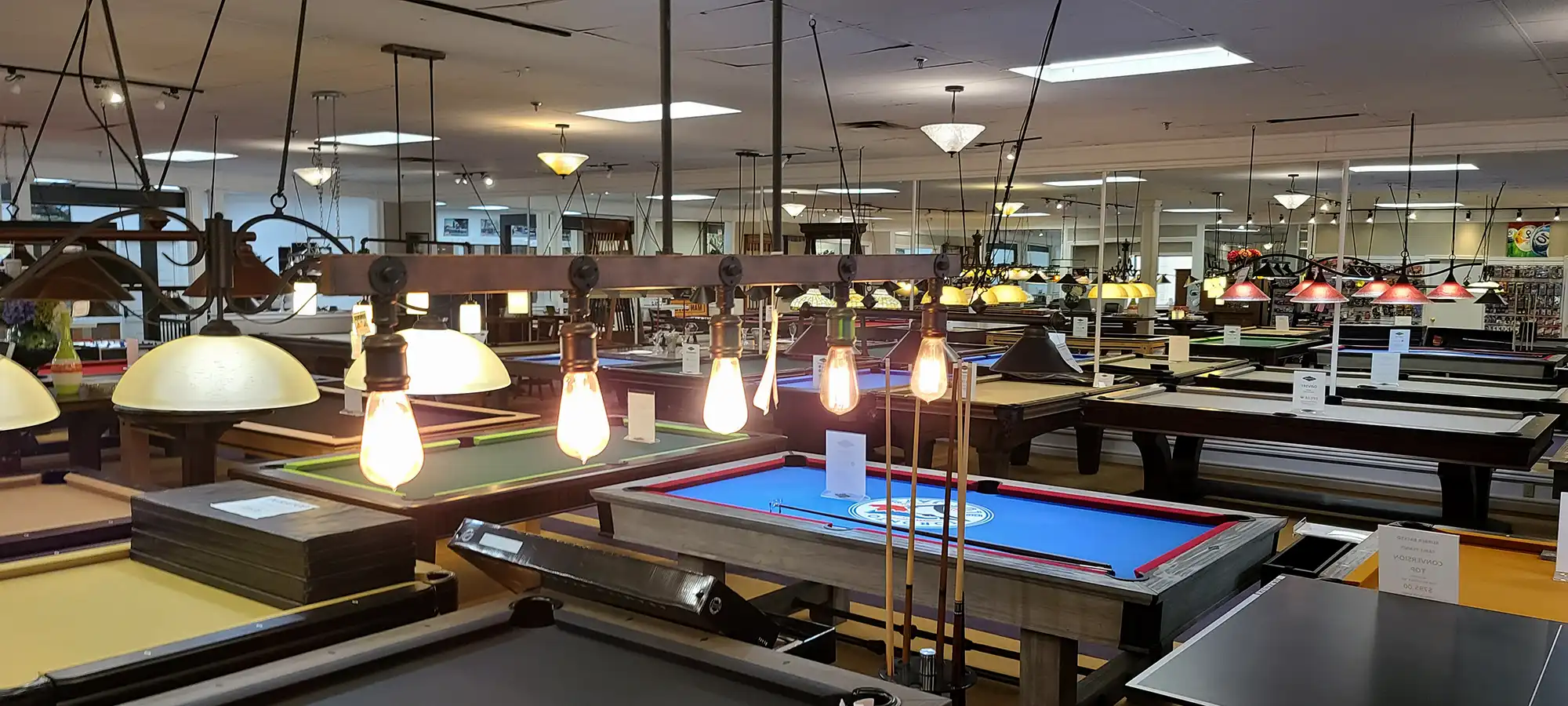Bringing a pool table into your home promises hours of entertainment for family and friends. But with so many options available, how do you choose the right one for casual play? Selecting a table involves more than just picking a style; understanding the essential home pool table features is crucial to ensure you get a table that offers great playability, fits your space, and provides lasting value. This guide breaks down the most important features to consider when buying a pool table for recreational use, helping you make an informed decision for your home game room.
Sizing Up Your Game: Choosing the Right Pool Table Size
One of the first and most critical decisions is selecting the right pool table size. This impacts not only gameplay but also whether the table fits comfortably in your intended space. While professional tournaments use 9-foot tables, the most common sizes for home use are 7-foot, 8-foot, and 9-foot tables.
- 7-Foot Table: Often called “bar size,” this is a good option for smaller rooms or players accustomed to playing in pubs. Playing surface is typically around 39″ x 78″.
- 8-Foot Table: Considered the standard home size in the US, offering a great balance between playability and space requirements. Many consider this a “professional” size for home use. Playing surface is approximately 44″ x 88″.
- 9-Foot Table: The official tournament size, offering the most authentic experience but requiring a significantly larger room. Playing surface is 50″ x 100″.
Determining Your Ideal Pool Table Room Size
Beyond the table dimensions, you must account for the pool table room size. You need enough clearance around the table for players to comfortably make shots using standard 58-inch cues. A common rule of thumb is to add 5 feet to each side of the table’s overall dimensions, but a more precise method involves adding twice the cue length to the table’s playing surface dimensions. Using shorter cues (e.g., 52″ or 48″) can reduce the required space.
| Table Size | Playing Surface (approx.) | Minimum Room Size (58″ Cues) | Minimum Room Size (52″ Cues) |
| 7-foot | 39″ x 78″ | 13′ x 16′ | 12′ x 15′ 2″ |
| 8-foot | 44″ x 88″ | 13′ 6″ x 17′ | 12′ 4″ x 16′ |
| 9-foot | 50″ x 100″ | 14′ x 18′ | 12′ 10″ x 17′ |
Note: Always check manufacturer specifications and measure your room carefully, accounting for obstructions.
For most casual home play, an 8-foot table strikes the best balance. If space is tight, a 7-foot table is viable. A 9-foot table is only recommended for very large rooms.
The Foundation: Understanding Pool Table Slate Bed Options
The playing surface, or bed, is critical for accurate ball roll. The material used significantly affects performance and longevity. Understanding the differences in pool table slate bed materials is key.
Slate: The Professional Standard
Slate is natural stone, known for being exceptionally flat, stable, and durable.
- Benefit: Highly resistant to warping and moisture.
- Benefit: Provides the most accurate and consistent ball roll.
- Consideration: Heavier and more expensive than alternatives.
- Consideration: Often requires professional installation.
MDF (Medium-Density Fiberboard) / Wood: The Budget-Friendly Alternative
MDF is an engineered wood product.
- Benefit: More affordable and lighter than slate.
- Benefit: Less sensitive to temperature/humidity changes than slate.
- Consideration: Less durable and more prone to wear and warping over time, especially in humidity.
- Consideration: Ball response is generally less accurate than slate.
Synthetic Beds (Slatron, Plywood, etc.): The Entry-Level Option
These materials are lighter and the most budget-conscious.
- Benefit: Lightweight and easier to handle.
- Consideration: Generally lack the durability and precision of slate.
- Consideration: More vulnerable to moisture and wear, potentially leading to warping.
| Material | Durability | Playability | Cost |
| Slate | High | Excellent | High |
| MDF/Wood | Medium | Good | Medium |
| Synthetic | Low | Fair | Low |
For the best casual play experience, a slate bed (3/4″ to 1″ thick) is recommended if budget permits. A well-made, thicker MDF table can suffice for purely recreational use, but be aware of the compromises.
Covering the Basics: Pool Table Cloth Types Explained
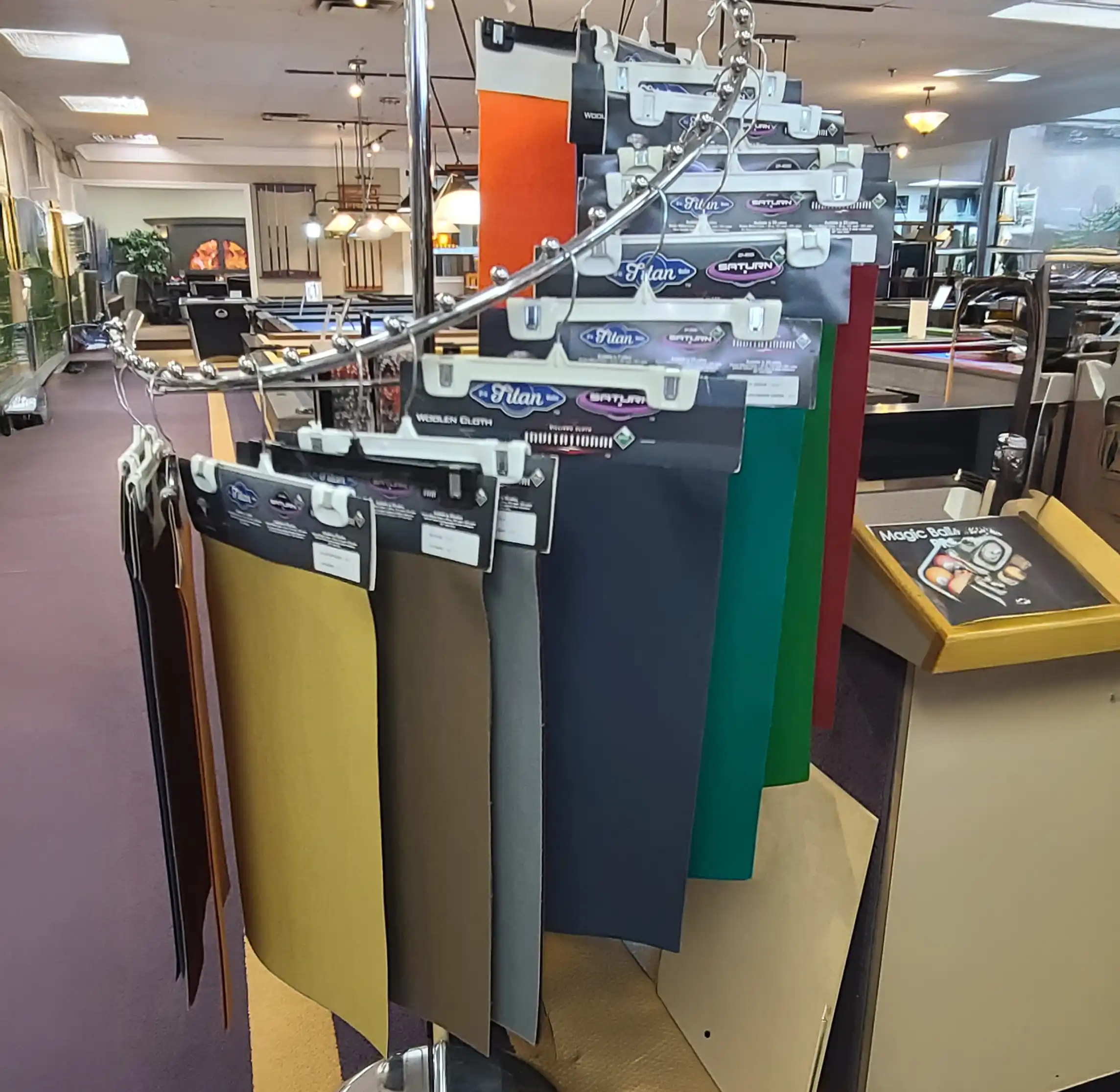
The cloth covering the bed impacts ball speed and accuracy. Choosing the right pool table cloth type depends on your playing style and budget.
Woolen Cloth (Napped/Felt)
Features a fuzzy surface with a “nap.”
- Benefit: Less expensive, common on home/bar tables.
- Benefit: Slower ball roll offers more control, good for beginners.
- Consideration: Requires regular brushing to maintain nap.
- Consideration: More prone to pilling and uneven wear over time.
Worsted Cloth (Speed Cloth)
Features a tighter, flatter weave with a smoother feel.
- Benefit: Faster, more accurate ball roll (preferred for tournaments).
- Benefit: More durable and less prone to pilling.
- Consideration: More expensive than woolen cloth.
Blended/Synthetic Cloths
Often wool/nylon blends or polyester.
- Benefit: Can offer a balance of durability, cost, and smoother play than pure woolen.
- Benefit: Some are treated for stain resistance (e.g., Teflon).
- Consideration: Performance might not match pure worsted wool for advanced players.
| Cloth Type | Speed | Accuracy | Longevity | Cost |
| Woolen (Napped) | Slower | Good | Medium | Low |
| Worsted (Speed) | Faster | Excellent | High | High |
| Blended/Synthetic | Medium | Good | Medium to High | Medium |
For casual home play, woolen cloth is often suitable and economical. A wool-nylon blend offers a good compromise with improved durability. Worsted cloth provides the best performance but may be unnecessary for purely recreational games unless a faster pace is preferred.
Bounce and Bankability: Pool Table Cushions and Rails
The rails (wooden frame edges) and cushions (rubber bumpers) are vital for predictable ball rebound, essential for bank shots and strategy. Understanding pool table cushions is important for gameplay.
Cushion Material and Profile
- Material: Natural gum rubber offers the most consistent, lively bounce and longevity but is pricier. Good quality synthetic rubber provides adequate bounce for casual play at a lower cost.
- Profile: Refers to the cushion’s shape. The K-66 profile is the industry standard in the US for home tables and is approved by the Billiard Congress of America (BCA), known for reliable bounce. Other profiles like K-55 or U-23 exist but are less common for standard home tables.
Importance of Condition
Worn-out cushions absorb energy, leading to dead bounces and a “thud” sound. Ensure rails are solid and cushions are responsive. Proper cushion nose height is also crucial for optimal rebound.
For casual play, look for tables with K-66 profile cushions made from good quality rubber (natural or synthetic). Regularly check cushion responsiveness.
Stability and Structure: The Pool Table Frame and Legs
The pool table frame (cabinet) and legs provide essential support and stability for a level playing surface.
Frame Material
- Solid Hardwood (Oak, Maple, etc.): Superior strength, stability, and warp resistance. More durable and longer-lasting, often indicating higher quality.
- Engineered Wood (MDF, Plywood): More affordable but less durable and more susceptible to warping, especially in humidity. Can compromise structural integrity over time.
Leg Construction
- One-Piece Legs: Solid wood from slate to floor. Considered the most stable, minimizing wobble and ensuring even weight distribution.
- Two-Piece Legs: Attach to the cabinet. Can sometimes loosen over time, potentially affecting stability.
Internal Support
Quality tables feature internal main and cross beams that interlock, creating a strong grid to support the heavy slate bed and prevent sagging. Double main beams offer enhanced support. Adjustable leg levelers are crucial for fine-tuning the table’s level.
For optimal stability and longevity, prioritize a solid hardwood frame and, if possible, one-piece legs. Ensure adequate internal support beams and adjustable leg levelers.
Pocketing Perfection: Understanding Pool Table Pockets
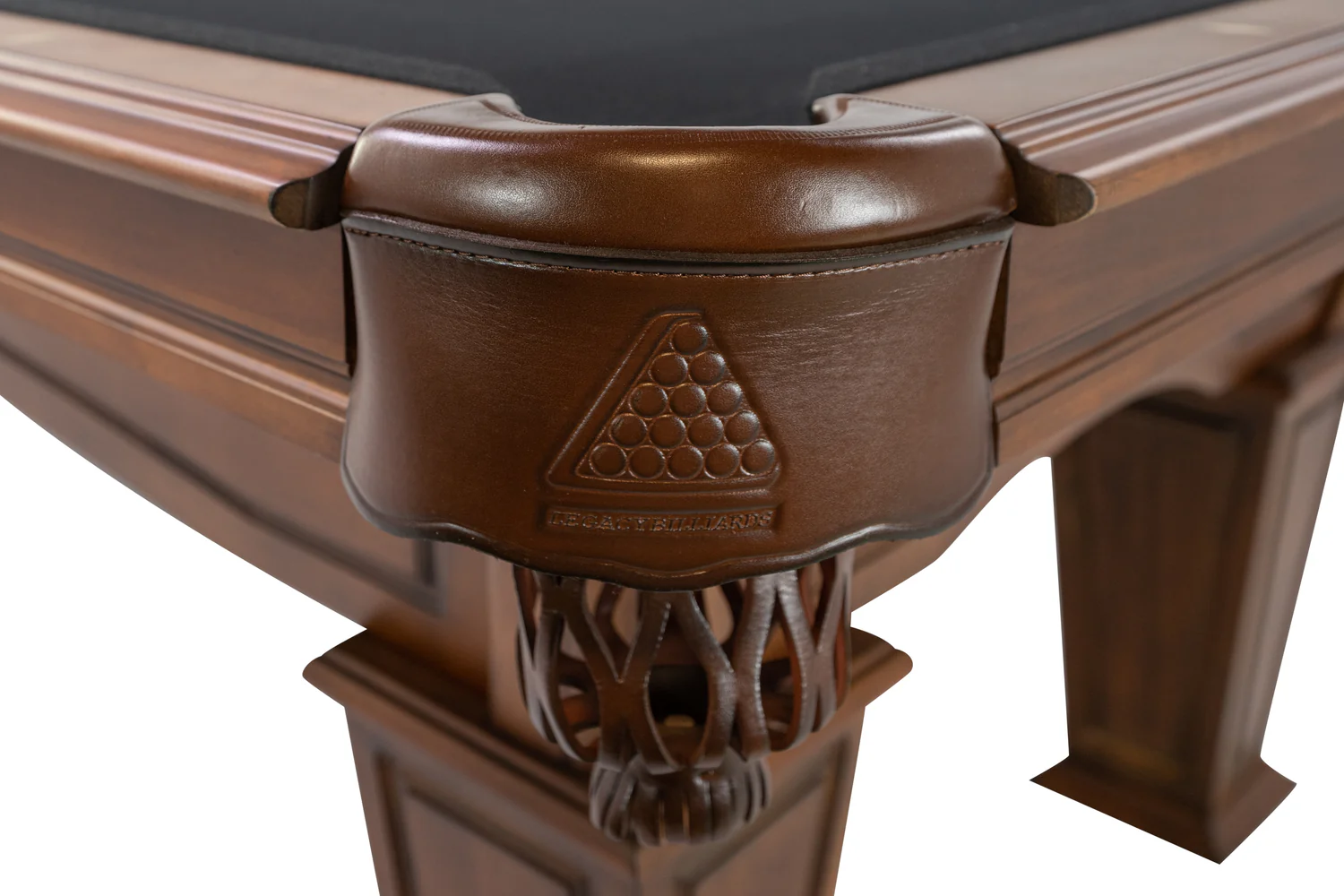
Pool table pockets influence aesthetics and game difficulty.
Pocket Systems
- Drop Pockets: Traditional design where balls stay in the pocket until retrieved manually. Simpler mechanism, less prone to issues, often preferred for home aesthetics.
- Ball Return System: Automatically sends pocketed balls to a collection area. Convenient (common in commercial settings) but can make the cabinet bulkier and potentially noisier.
| Feature | Drop Pockets | Ball Return System |
| Convenience | Requires manual ball retrieval | Automatically returns balls to a collection area |
| Aesthetics | Generally sleeker cabinet design | Can result in a bulkier cabinet |
| Potential Issues | Less prone to mechanical problems | Potential for blockages in the return system |
Pocket Size and Shape
Regulation pocket openings are specific (Corner: 4.5″-4.625″, Side: 5″-5.125″).
- “Loose” Pockets: Slightly larger openings make the game easier, suitable for beginners/casual play. (e.g., Corners 4 7/8″ – 5 1/8″, Sides 5 3/8″ – 5 5/8″).
- “Tight” Pockets: Closer to minimum regulation size, demanding more precision.
- Shape: Rounded corners can be more forgiving than square corners.
Pockets are typically made of leather (classic, durable), plastic, or rubber (cost-effective).
For casual home play, drop pockets are generally recommended for simplicity and aesthetics. Slightly larger, more forgiving pocket openings enhance enjoyment for less experienced players.
Style and Substance: Aesthetic Considerations
While function is key, your pool table should also complement your home’s decor. Styles range from:
- Traditional: Ornate details, rich woods (oak, mahogany).
- Contemporary/Modern: Sleek lines, minimalist designs, metal/glass accents.
- Rustic: Reclaimed/distressed wood, natural look.
- Industrial: Wood and metal combination, utilitarian feel.
- Transitional: Blend of classic and contemporary elements.
Consider wood finishes, cloth color (many options beyond green!), leg style, and pocket style to match your room’s aesthetic.
Equipping Your Game Room: Essential Pool Table Accessories
Having the right pool table accessories completes your setup.
Key Accessories
- Pool Cues: At least two needed. Standard length 57-59″. Quality wood (e.g., maple) recommended. Consider shorter cues (48-52″) for tight spaces/kids. Two-piece cues with medium tips are a good start.
- Pool Balls: Standard set (15 object balls + cue ball). Phenolic resin balls (e.g., Aramith) offer superior durability and roll consistency.
- Ball Racks: Triangle (for 8-ball) and Diamond (for 9-ball) racks are useful.
- Maintenance: Pool table brush (soft bristles), cue chalk, pool table cover.
| Accessory | Purpose | Key Features to Consider |
| Pool Cues | Striking the cue ball | Two-piece, standard length (57-58″), maple shaft, medium tip; consider shorter cues if needed. |
| Pool Balls | Object balls and cue ball for playing | High quality (phenolic resin like Aramith recommended), regulation size and weight. |
| Ball Racks | Arranging balls for the start of a game | Triangle rack (for 8-ball), diamond rack (for 9-ball); wood or durable plastic. |
| Pool Table Brush | Cleaning the table cloth | Soft bristles (horsehair or nylon), comfortable handle; consider a dual-level brush for under rails. |
| Pool Table Cover | Protecting the table from dust, spills, sunlight | Durable material, appropriate size for the table. |
Other useful items include a cue rack, scoreboard, and bridge stick. Investing in quality accessories, especially balls and cues, enhances the playing experience.
FAQ
What’s the best pool table size for a typical home?
- While it depends on your room size, an 8-foot table is often considered the best balance for casual home play, offering a satisfying playing area without requiring the massive space needed for a 9-foot table. Always measure your room carefully and account for cue clearance.
Is a slate pool table really necessary for casual play?
- Slate offers the best, most consistent playing surface and durability. While not strictly necessary for casual fun, its superior performance significantly enhances the game. If budget is a major concern, a well-constructed MDF table can be adequate, but slate is the recommended investment for long-term enjoyment and quality play.
What kind of cloth should I get for a family game room table?
- For casual family play, a woolen (napped) cloth is often a good, economical choice, offering good ball control. A wool-nylon blend is also an excellent option, providing better durability and potentially stain resistance than pure woolen felt, while still being suitable for recreational speeds.
Conclusion: Choosing Your Perfect Home Pool Table Features
Selecting the best home pool table features for casual play means balancing factors like pool table size and pool table room size, opting for a quality pool table slate bed if possible, choosing appropriate pool table cloth types, ensuring responsive pool table cushions, prioritizing a stable pool table frame, deciding on forgiving pool table pockets, and equipping yourself with essential pool table accessories. By considering how each feature aligns with your space, budget, and how you plan to enjoy the game, you’re well on your way to buying a pool table that will be a source of fun and entertainment for years. Consider the expertise available to guide your purchase.
For expert advice on selecting the perfect pool table for your home in the Greater Toronto Area, contact Pool Table Store today.

